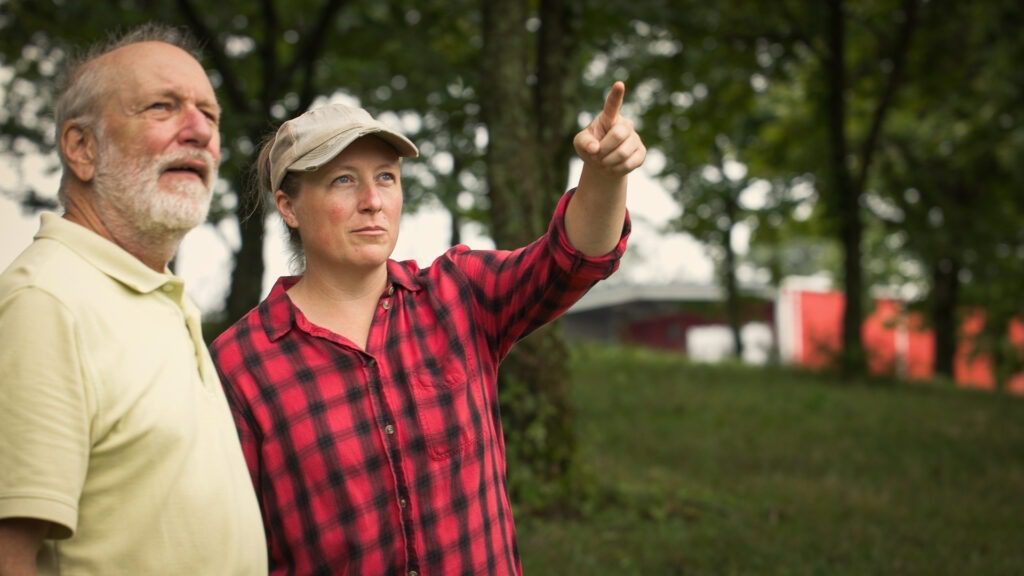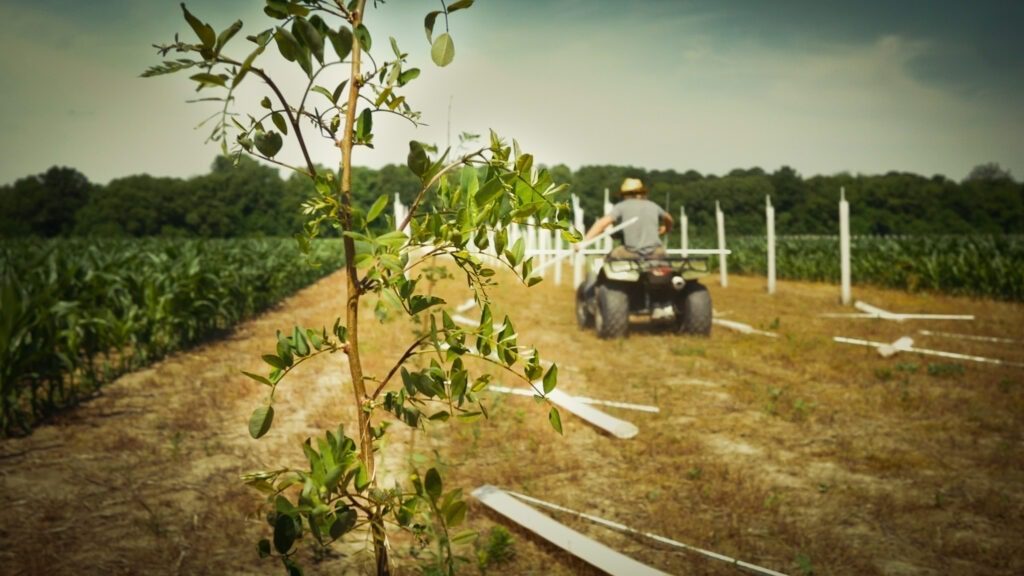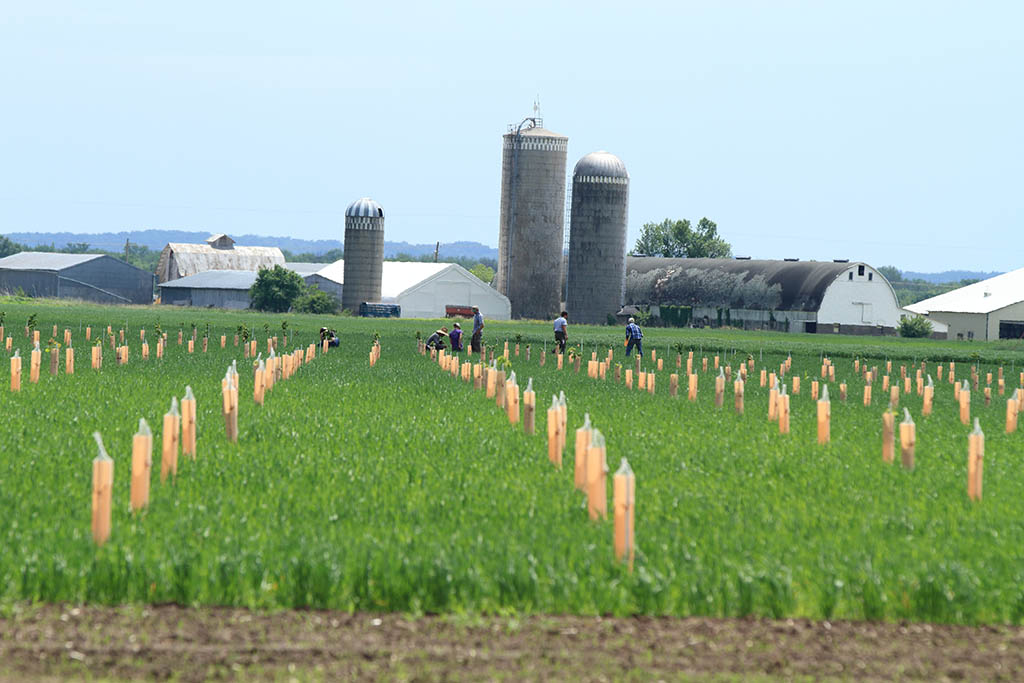Trees are a long-term investment in a place

Do You Have Access to Land?

RESOURCE
Long-term Lease Interactive Guide
Download the guide to learn more.
- Step-by-step advice for beginning a long-term lease negotiation
- Breaks down legal jargon in an easy to follow format
- Contents developed by legal consultants at Farm Commons
Before you begin, ask yourself, "Who are my partners?"
Implementing agroforestry can be challenging, especially when it comes to transitioning land use, acquiring financing, and securing land access. We have compiled a series of videos and resources showing new kinds of partnerships between landowners, tree farmers, and investors or between landowners, community stakeholders, and investors to accelerate widespread adoption of agroforestry practices.

Explore the Videos
Hear more stories and see more farm videos from our Partnering for Agroforestry Playlist.
How Will You Pay for Trees?

USDA Programs that Support Agroforestry
- CRP – the Conservation Reserve Program administered by the Natural Resources Conservation Service within the USDA works with farmers to remove environmentally sensitive land from agricultural production.
- EQIP – the Environmental Quality Incentives Program within the USDA provides financial resources and technical support for farmers adding conservation practices to their land.

Opportunities for Diversified Farm Products
Are you an entrepreneur looking to sell your farm products?
This workbook will help you identify your strengths and assets and how much you need to earn per unit to make your farm sales viable. You’ll think about your farm relationships and your options to sell your products – whether they be value-added products direct-to-consumers or bulk shipments to wholesalers or aggregators.
Download the workbook to learn more.
Charting a Path to Sales Opportunities for Diversified Farm Products: A Producer’s Workbook

One-On-One Support for Farm Planning
Technical Assistance Program
Get help planning your perennial farm system. Our Technical Assistance Program is here to guide you through the process of planning, funding, and planting trees on your farm.

WI PACE for Agriculture
Wisconsin farmers: Are you looking for financing?
The Wisconsin Property Assessed Clean Energy (PACE) program offers agricultural property owners access to financing for energy efficiency, renewable energy, and water conservation projects – including agroforestry. We are seeking agricultural borrowers interested in participating in a 2025 pilot project to explore and demonstrate the program’s potential.



